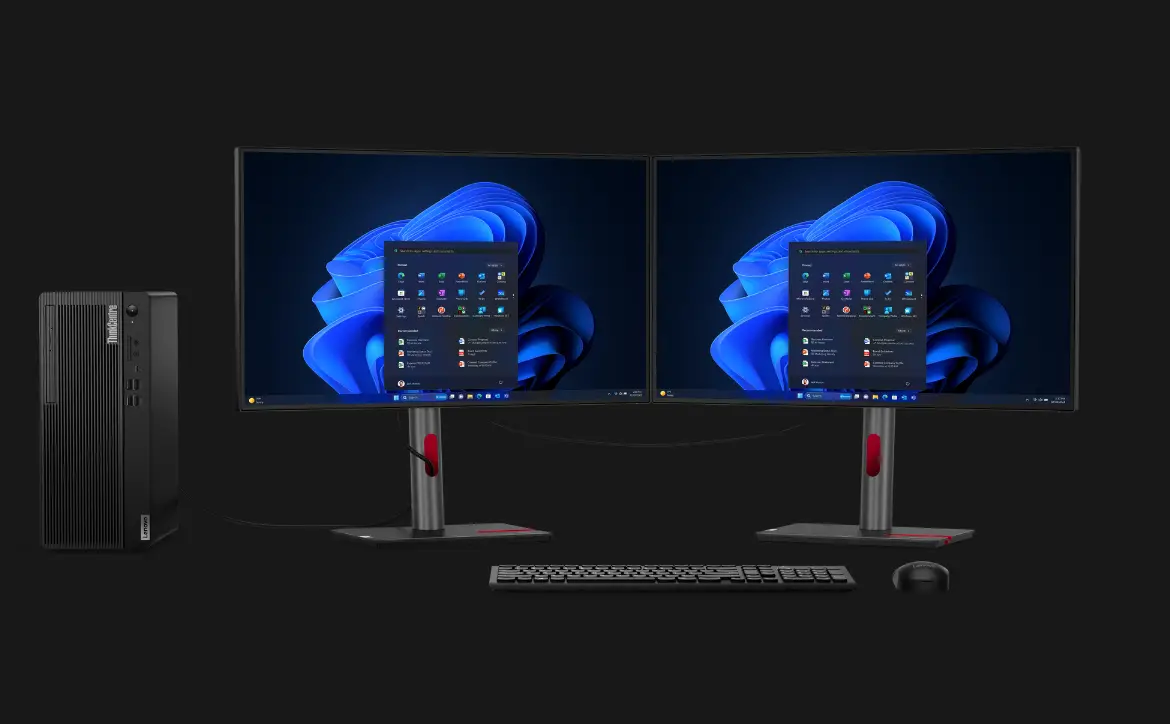Several years ago, fleet navigation by all vehicles, including personal cars and commercial trucks, was only possible with the help of paper maps. However, advancing technology phased out the use of paper maps and significantly revolutionized fleet management. Modern innovations such as the fleet dash cam, have changed business operations, and fleet management hasn’t been left behind.
Estimated reading time: 5 minutes
The inception of GPS tracking and navigation tools, telematics, and many other fleet management software has changed how organizations manage their fleets.
What is fleet management technology?
Fleet management technologies are tools used to monitor and control fleets tasked with cargo transportation. These technologies allow fleet operators to monitor their vehicles, goods, and drivers in real-time. Unlike before, fleet technologies have gone beyond GPS units that track vehicles.
Modern fleet management technologies can ease fleet management tasks. Fleet owners can use these technologies to evaluate several things about their vehicles, including refueling, start and end of trips, battery degradation, engine errors, and other incidents from the comfort of their offices.
Fleet technologies can also integrate with other third-party business applications for advanced functionality. Future technologies, such as 5G networks, mobility-as-a- service, and vehicle automation are poised to take fleet management to a whole new level. Here is how technology has changed fleet management.
Monitor distracted driving
Distracted driving is a common challenge for all drivers, including fleet drivers. Careless driving of company vehicles, especially those with company car wraps, can significantly affect the company’s reputation. Fortunately, new technologies allow fleet managers to monitor drivers for dangerous and distracted driving behaviors. Dual-facing dash cameras have sensors and algorithms that monitor fleet drivers.
They not only record and provide a live video stream of the driver’s journey, but also scores the drivers’ driving skills. You can also take advantage of new technologies, which allow fleet managers to provide rewards and other benefits to your drivers for driving safely.
Big data provides better insights
New technologies have made it possible for fleet managers to gather a lot of information about fleet operations, unlike before. However, the availability of large amounts of data presents a data handling challenge, which only big data can solve.
Big data enables fleet companies to conduct financial analyses and gather information about their vehicles and equipment performance. You can also deduce patterns about your fleet, vendors, manufacturers, and staff that can guide business decisions.
Fleet managers can use big data to improve fleet routing, achieve better dock matches, and avoid various structural issues. For instance, having all the information about the fleet enables managers to coordinate arrival times, unloading times, staffing, and other issues better. This eliminates common issues, such as driver shortage or prolonged unloading time.
Alert drivers

Fleet managers can also take advantage of GPS tracking to estimate their vehicle’s exact location, speed, employee hours, mileage, stops and keep them safe. For instance, GPS trackers have a feature that sends alerts to drivers headed towards a correction curve.
Correction curves are roads that link state lines and highways often used in case of driver’s miscalculations. Unlike other roads, correction curves are an accident risk, as they are unexpected and the driver has to make a sharp turn.
GPS technology also enables fleet managers to control their fleets through Geofencing. Fleet managers can geofence by restricting their trucks’ movements to a specified delivery area. By doing this, managers will get immediate notifications if the driver drives outside the marked zone. With this, you can easily identify drivers who deviate from their routes and select optimal routes to reduce miles covered and fuel consumption.
Tracking vehicle performance
Advancing technology has made it easy for fleet managers to track their vehicle’s performance. Parameters such as speed, engine faults, CO2 emissions, temperature, and fuel consumption can be used in making vehicle purchase decisions. Fleet managers should make vehicle buying decisions based on vehicle performance and not manufacturers’ descriptions.
For instance, the fuel efficiency of a vehicle can be determined by comparing fuel card purchases with scheduling data and vehicle telematics. With this, fleet managers get an idea of how the vehicle was driven and its general performance.
Automated route planning
Fleet managers should have a plan of their routes for various benefits. Besides reducing fuel consumption by determining the shortest route, route planning helps avoid inconveniences that can delay their fleets. For this, fleet managers can use intelligent navigation systems, which analyze several details to determine the best routes.
These systems use vehicle characteristics, sales territories, storage capacities, planned pickups or deliveries, and other information to help schedule fleet trips. Optimizing your fleet trips reduces travel time, lowers the miles covered, and saves on costs by reducing the number of vehicles dispatched.
Intelligent navigation systems also allow for efficient dispatch systems. Routing systems use the vehicles’ telematics and smartphone or cloud technologies to create real-time connectivity between fleet managers, drivers, and customers. This makes it easy to find a perfect vehicle type that suits customer needs.
Asset tracking
Tracking devices or sensors can be attached to fleet vehicles, equipment, and other assets being ferried. The sensors collect and use cloud-based technology to transmit both environmental and geo-locational data to fleet managers.
Fleet managers can use this information to monitor the safety of their vehicles, assets being ferried, location, and vehicle speed. Additionally, local weather and general road conditions can be used to make routing decisions.
Predictive maintenance
Tracking vehicles’ performance enables fleet managers to predict vehicle condition and performance. This allows them to plan vehicle servicing and maintenance proactively, eliminating the possibility of major repairs that disrupt fleet operations down the line.
Vehicle information, such as driver behavior, fuel efficiency, mileage, and breakdown frequency, also helps minimize downtime. Fleet managers can use this information to investigate causative reasons and implement corrective measures that preempt service downtime and customer dissatisfaction.
Ensures timely compliance
Fleet managers understand the importance of ensuring that their vehicles comply with various federal and state regulations. Advancing technology, specifically telematics, captures Hours of Service data, ensuring that fleet operators in the U.S and Canada comply with ELD regulations. These devices also help fleet operators in the European Union comply with tachograph and drivers’ hour’s requirements.
Endnote
The effects of advancing technology in fleet management cannot be ignored. Modern innovations have made it possible to decrease speed and traffic violations, reduce fuel consumption, better scheduling, and improve vehicle maintenance. However, this means that, unlike before, fleet managers will need multi-level skills to manage their fleets effectively. They should have beyond-basic IT skills to define and implement the revolutionizing fleet management processes.
Last Updated on March 8, 2022.










